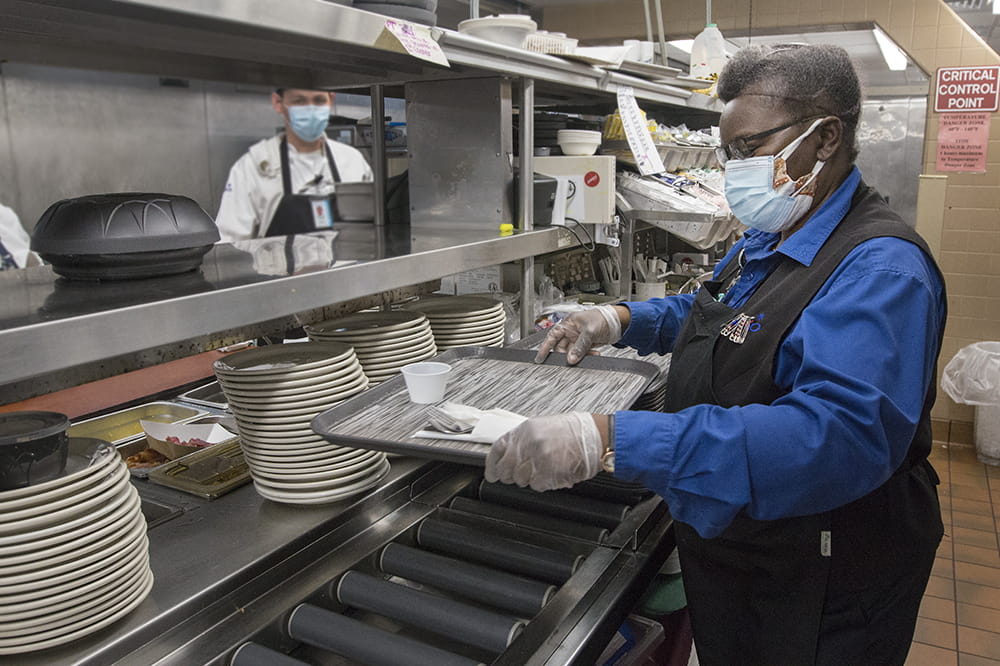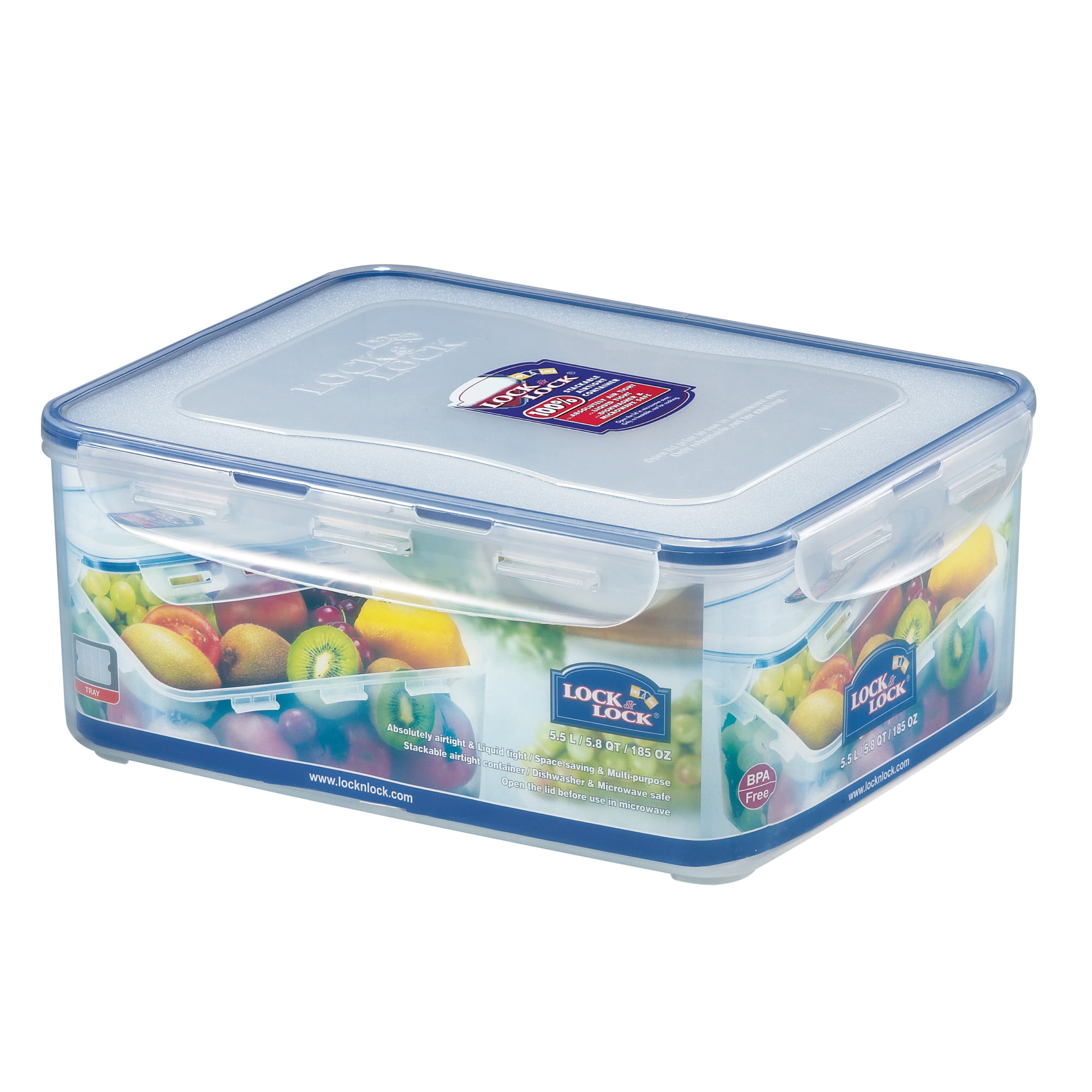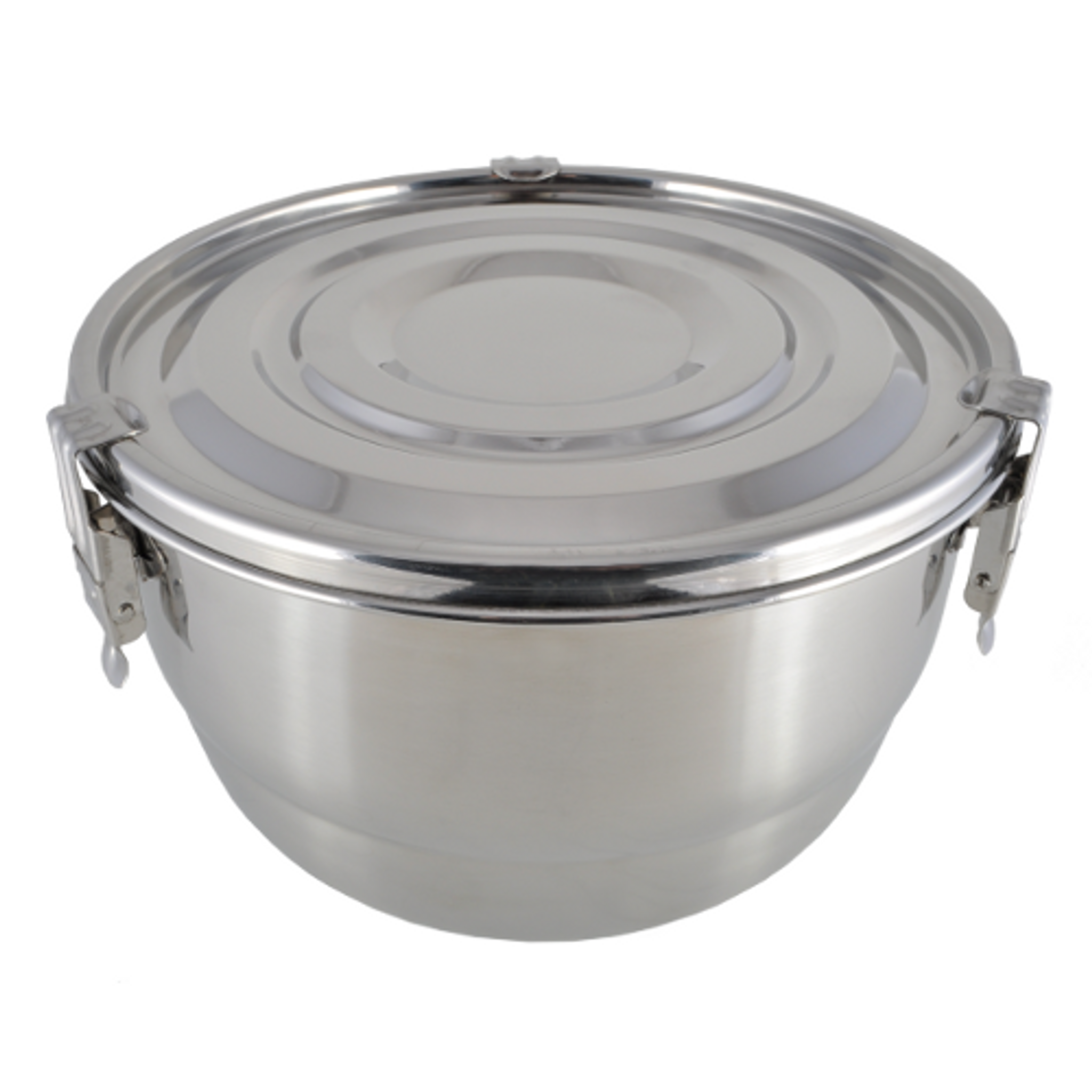Food Worker Inspects a Dry Food Storage

To ensure the safety and quality of the food served, a food worker must regularly inspect a dry food storage area. This process involves carefully examining various aspects of the storage environment, including:

Cleanliness and Organization:

- Check for dust, dirt, debris, cobwebs, or insects.
- Inspect the overall organization of the storage area, ensuring there are no obstructions or cluttered spaces.
- Examine the floors, walls, shelves, and racks for any signs of spills, leaks, or stains.
Temperature and Humidity Control:
- Monitor the temperature and humidity levels using calibrated thermometers and hygrometers.
- Ensure the temperature is appropriate for the specific type of dry foods stored (following manufacturer’s recommendations).
- Maintain the humidity levels within acceptable ranges to prevent moisture build-up and spoilage.
Proper Food Storage Practices:
- Check for proper labeling of all stored items, including the name of the product, manufacturing date, and expiration date.
- Ensure dry foods are stored off the floor on shelves, pallets, or racks to prevent contamination and pest access.
- Inspect the condition of food packaging, looking for signs of damage, tears, or openings that may allow pests or moisture to enter.
- Monitor FIFO (First-In, First-Out) inventory management practices to ensure older items are used first, preventing the accumulation of outdated products.
Pest Control Measures:
- Inspect for any signs of pest activity, such as droppings, gnaw marks, or pest carcasses.
- Check for potential entry points, such as cracks, gaps, or holes in the walls, floors, or doors.
- Implement pest control measures, such as regular cleaning, sealing potential entry points, and using appropriate pest traps or baits.
Sanitation and Hygiene:
- Ensure proper hygiene practices by food handlers, including handwashing before and after handling dry foods.
- Regularly clean and sanitize the storage area, including surfaces, equipment, and utensils.
- Utilize appropriate cleaning solutions and follow recommended sanitization procedures to eliminate bacteria and prevent contamination.
Record Keeping:
- Maintain accurate records of inspections, including the date, time, and any significant findings.
- Document any actions taken to correct or address issues identified during the inspection.
Training and Education:
- Provide ongoing training and education to food handlers regarding proper dry food storage practices, pest control measures, and sanitation procedures.
By conducting thorough and regular inspections of the dry food storage area, food workers can help maintain a clean, organized, and pest-free environment, ensuring the quality, safety, and integrity of the food they serve. This proactive approach contributes to the prevention of foodborne illnesses and the overall health and well-being of consumers.









